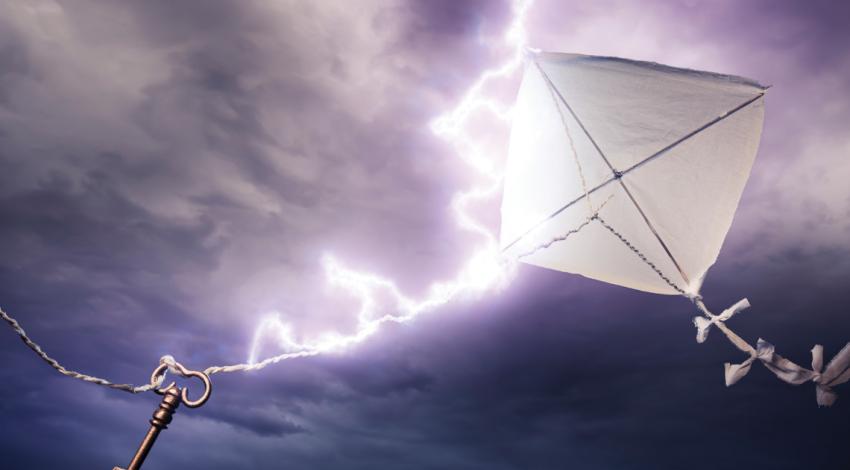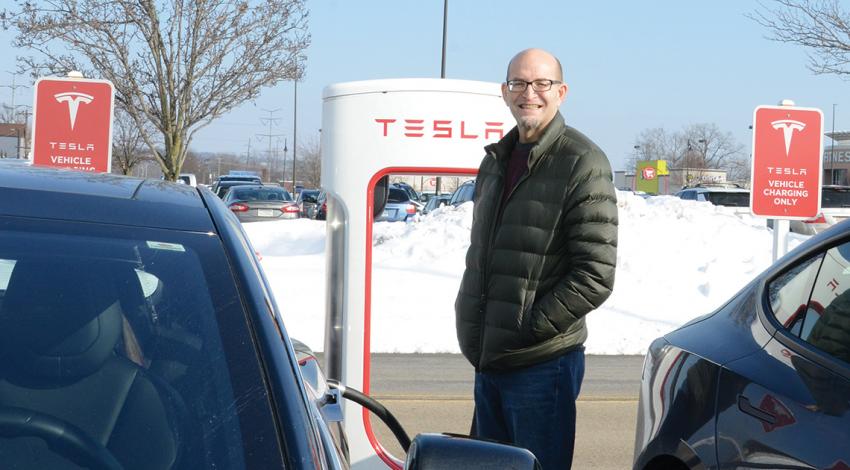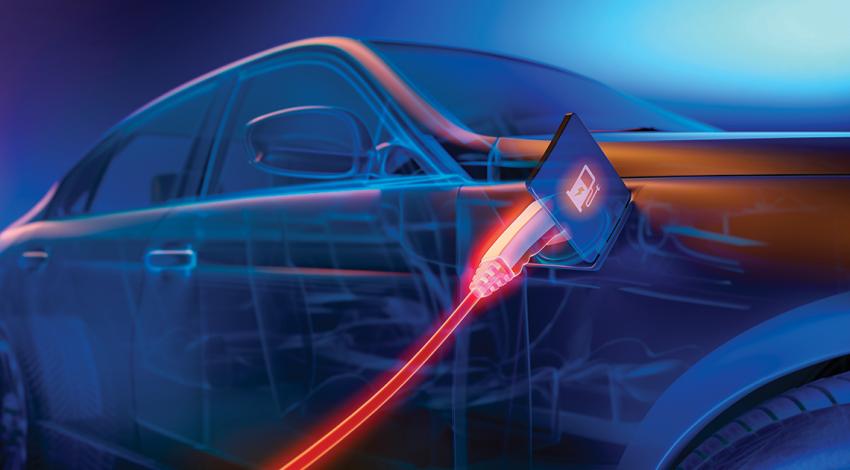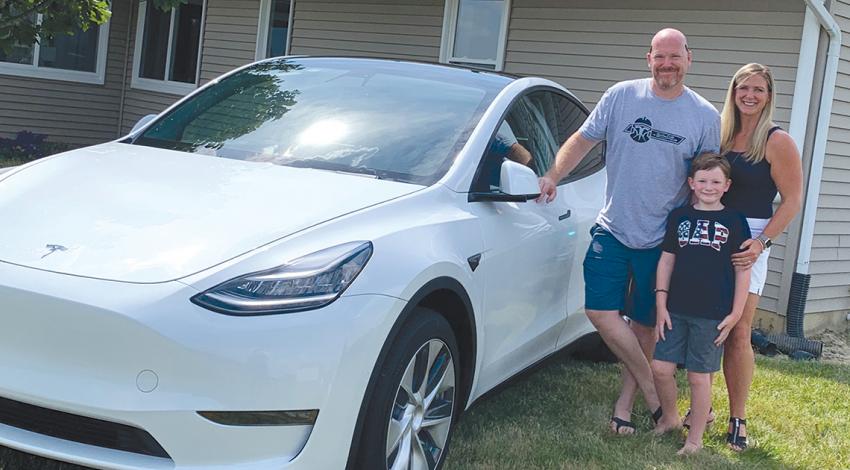Seemingly every week brings a new story about how electric vehicles are growing in popularity. While that’s true in general, the trend isn’t consistent everywhere.
In Ohio, the penetration of EVs in rural regions is less than half of that in cities and suburbs. Electric cooperatives in the state recognize that there’s some portion of their membership that might desire an EV but holds back based on outdated or incorrect assumptions.













